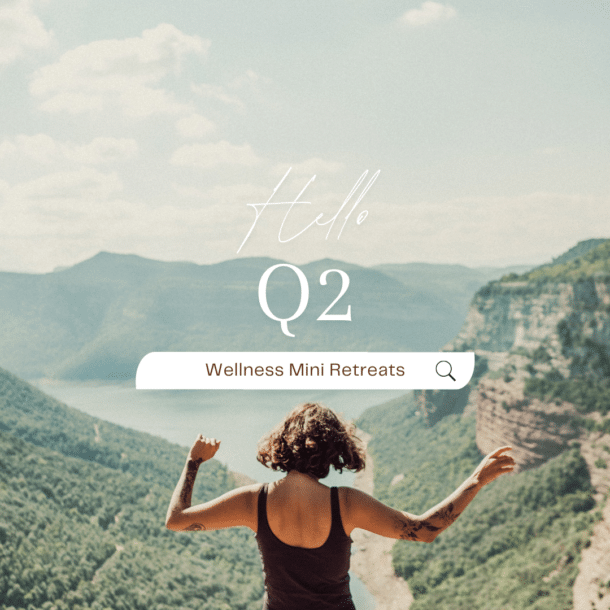Plan your next chapter using design thinking.
Learn how to design the next chapter of your life whether you’re new to the workforce, feeling stuck or preparing for your encore career. The Designing your Life framework can help you find the right path forward.
The Designing your Life framework
The framework developed by Stanford professors Bill Burnett and Dave Evans uses an interactive approach for living a meaningful and fulfilling life. The framework has four categories: Life, Work, Health and Play and works as a compass for your life.
Your birthday , the new year and inflection points are good times to assess your compass. It’s also good to assess the quadrants of your compass when your life feels a little unbalanced or flat.
Start designing your next chapter
Let’s start designing your next chapter by assessing the quadrants of your compass. Reflect on each one and grade it with a number between 1-10, with 10 being the highest grade. Make note of the quadrants that need work.
1/ Play is about having fun.
It is often a neglected quadrant because like happiness, many people don’t regard it as an important part of life. However, play is important at all stages of life because it fuels your creativity and enhances your problem solving skills. Plus it adds a richness to your life.
By definition, fun is anything you do for enjoyment, amusement and lighthearted pleasure. It could be playing games, hiking, cycling, gardening, attending seasonal festivals or whatever activity that doesn’t demand anything of you but joy.
2/ Work can be uncompensated or compensated.
In contrast to play, work is an activity that demands physical or mental effort to achieve a purpose or goal. If you’re not working or not satisfied with what you’re doing, the Designing your Life framework will help you you discover new ways to work.
Everyone has at least seven different possible career paths. Once you’ve compiled a list of at least seven, narrow the possibilities down to three and then assess each path to select the best one for you. At a loss for how to start?
Start with what you are doing or intend to do upon entering the workforce, then think about other ways to apply your skillset to other jobs and new industries. Talk to people in fields of interest, people you admire and others who know you well to gain new insights and create lots of options. Less than 30% of people do work related to their degree.
Lastly, think about what you would do if money wasn’t a factor in your decision. This option gives you the freedom to think less conventionally. Consult or start a side hustle to test your ideas. It takes some effort to find new ways to apply your skills but is worth the effort to find a path that is both meaningful and fulfilling.
3/ Health is the state of being free or illness or injury.
There is no magic pill or quick fix for maintaining good health. However, there are more options than ever that make self-care and disease prevention easier and more affordable no matter what your starting point. Good health is rewarding because it gives you the energy and ability to live your best life.
4/ Life is the very existence of human life.
It includes the capacity for growth, reproduction, functional activity and continual change. With that said, you have a lot of options. The trick is to create alignment with who you are, what you believe and what you do so that live a coherent and authentic life.
Appreciate the joy in each step and try to find the silver lining in setbacks. Family, good friends and a strong community can make the journey easier and more enjoyable.
Subscribe to Shannon Smith Living for more insights and tips for creating an achievable plan.
Updated: 4/21/2023




